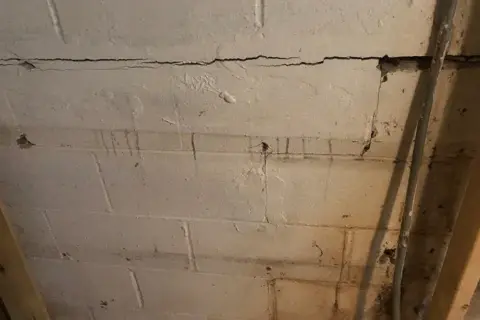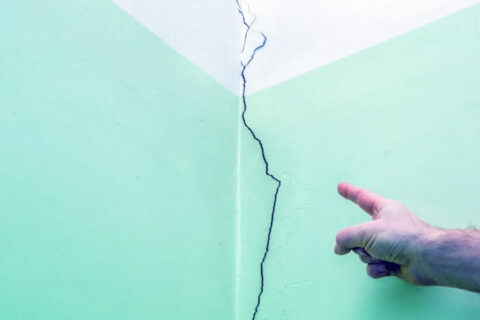Downspout Extension Choices to Help Prevent House Foundation Cracks | Bethel Park, PA
House foundation cracks can be caused by a variety of problems. However, one of the most common causes of these cracks is increased hydrostatic pressure acting against the wall from the outside. The wall bows inward and cracks are formed. Repairing these cracks often involves the installation of carbon fiber strips to reinforce the wall and crack injections to prevent penetration of water through the cracks.
While carbon fiber straps are effective for the long term, it is important to address the root cause of the bowing. This will prevent even more house foundation cracks from forming on the walls. It will also help to prevent more serious problems from developing as a result of the increasing hydrostatic pressure.
One of the most important measures to take is to extend your downspouts. Lengthening the downspouts will help to guide and drain water away from the foundation. This will prevent water from accumulating around the foundation and causing an increase in hydrostatic pressure.
Common options for extending downspouts
There are various options available in the market for extending downspouts. These include:
- Aluminum elbows and extensions
This is one of the most affordable ways of extending a downspout. It is also one of the most affordable. It involves attaching a vinyl or aluminum elbow to the end of the current downspout and adding an extension to the other end of the elbow. This will help to divert water away from the foundation.
Ensure that the extension is at least eight feet away from the foundation. This can be a challenge if your property line restricts you. It can also present a tripping hazard. You may, therefore, want to consider the other options outlined below.
- Flexible extensions
These extensions allow you to connect several other extensions and therefore lengthen the extension as much as you would like. Because they are made from a flexible material, they can go around corners. This allows you to choose where the runoff from the roof will be drained. These types of extensions lie flat on the ground when they are not filled with rainwater. This makes them less of a tripping hazard.
- Roll-out extensions
These are a type of extension that will roll out when they are filled with water. They automatically retract to their original position when empty. They are a great option for those looking to extend their downspouts, something that is not obtrusive to their landscape. These do not present a tripping hazard when it is not raining.


